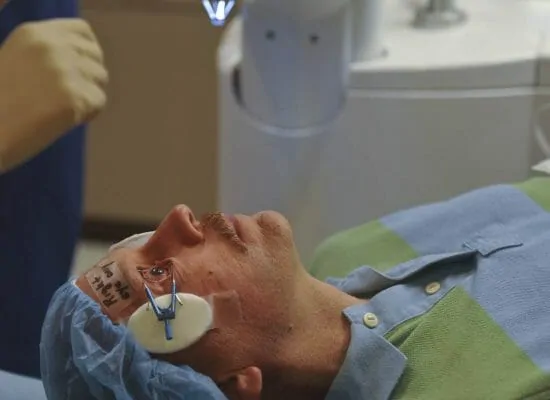
The UK National Health Service Litigation Authority (NHSLA) paid out more than £1.4 billion in claims in 2015/2016. The Royal College of Surgeons (RCS) has expressed concerns that this amount could go up significantly if doctors do not provide patients with education on any and all risks that the individual patient might consider significant, in line with the Montgomery judgement. This is an important change from the traditional clinical practice in the NHS whereby the doctor decides what risks to communicate to patients (RCS, 2016).
The necessity of patient education and informed consent does not stem only from a need to follow regulations – their benefits to clinical outcomes, patient satisfaction and to the success of doctors and clinics are well-documented.
Do patients want to know more?
An ever-increasing number of people are looking for health information online – as of 2009, over 61% of American adults went online to look up health information (Fox and Jones, 2009). A more recent study found that 95% of plastic surgery patients use the Internet to search for information before their appointment (Montemurro et al., 2015).
Not everything patients learn online is accurate. Pehora et al. (2015) found that only 24% of parents seeking health information regard public search engines results as safe and reliable.
So why do people still look up health information online if they don’t think of it as safe, accurate or reliable?
There may be many reasons, but Walsh et al. (2012) report that amongst the main ones may be the desire to increase understanding of diagnosis after a consultation or the feeling of being rushed and receiving insufficient guidance when seeking advice from doctors.
Understanding and managing patient expectations of medical education are key in ensuring patient satisfaction. Increased patient satisfaction is associated with increased compliance with doctors’ recommendations, greater patient retention, reduced rates of malpractice suits, increased profitability and number of patient referrals (Dawn and Lee, 2004).
>Increased patient satisfaction is associated with greater patient retention, reduced rates of malpractice suits, increased profitability and rise in number of patient referrals.
Satisfied and educated patients are less likely to complain or to pursue malpractice suits. Doctors who have satisfied patients also benefit from greater job satisfaction, less work-related stress and reduced burnout (Fong Ha and Longnecker, 2010)
>The top factor inhibiting patient education is time.
But patient education takes time and that’s exactly what doctors don’t have.
Leslie Hamilton, the RCS council member who drew up the new guidance, acknowledges that the ever-growing waiting lists and the crowded clinics leave insufficient time for patient education. In fact, Marcum et al., (2002), found that the top factor inhibiting patient education is time.
So how can you meet the new guidelines on patient education, without adding to your workload?
Using computer-based patient education is a time-saving and cost-effective manner of improving understanding and recall of medical information and improving compliance (Lewis, 2003).
Some of the time-saving tools that you can use in your clinic to enhance your patient education include an up-to-date clinic website, email communication, waiting area digital content, mobile and PC apps, serious games. It is important that the content you share is easy to understand by patients and is presented in an engaging format, e.g. visually appealing images and videos and using non-medical language.
>Using computer-based patient education is a time-saving and cost-effective manner of improving understanding and recall of medical information.
Conclusions
In line with the new RCS guidelines, doctors need to ensure that they fully discuss with patients any potential risks and allow them to make their own informed decisions.
Meeting patients’ expectations for education can help increase patient satisfaction, which in turn can lead to greater patient retention, reduced rates of malpractice suits, increased profitability and number of patient referrals.
To ensure meeting new guidelines, without adding to your workload, try using digital tools. – Click here for tools to help save you time and enhance your patient education.
Built specifically for Ophthalmologists and Optometrists, CAPTIV8+ with Social follows the patient journey intuitively to help you differentiate your clinic and achieve continued success.
Want to know more?